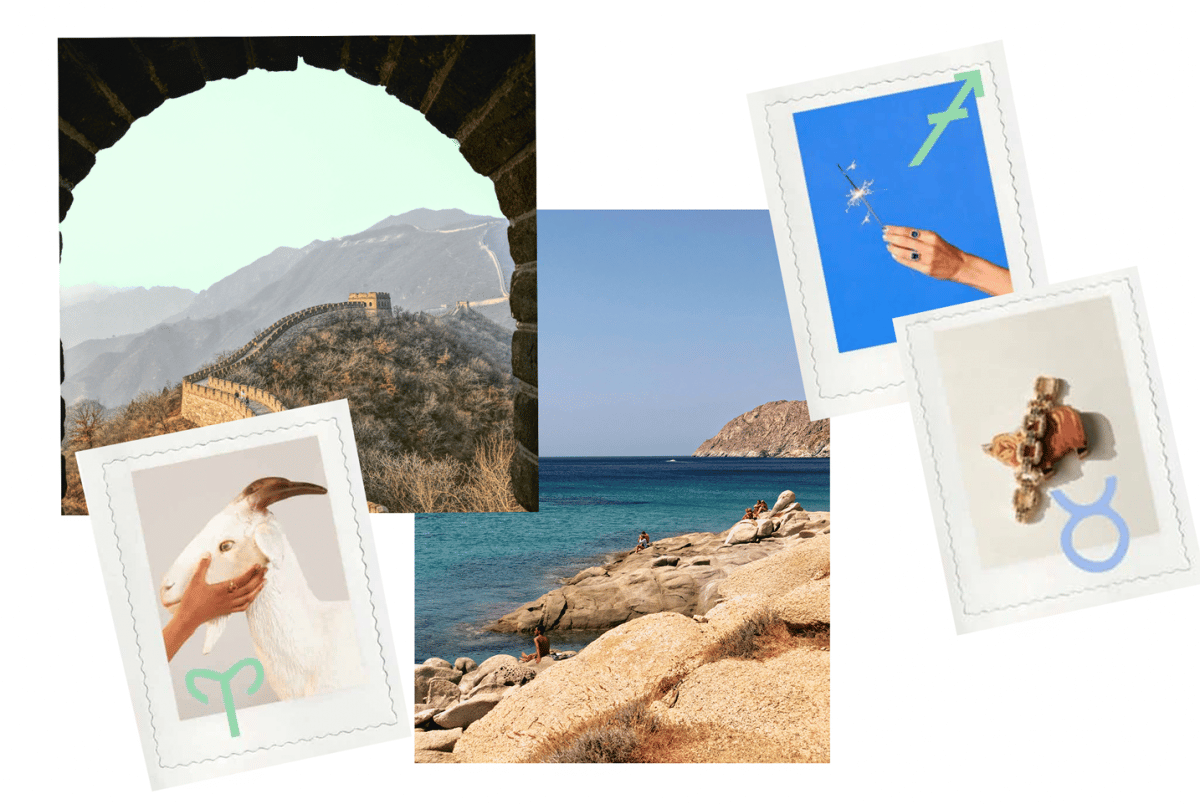
Since the pandemic hit over a year ago, the prospect of international travel has been little but a daydream and for good measure. But as vaccinations are rolled out across the country, albeit at a pace that has been critiqued, both Australian and Singaporean governments have announced they're working hard to make a travel bubble possible sooner than we initially thought. With Scott Morrison preparing for Singapore to be next in line for quarantine-free travel after New Zealand.
This is an exciting prospect to consider. As it means there is a reality not so far in the future where we might explore a country other than our own.
As it stands New Zealand has pressed pause on the trans-tasman travel bubble between themselves and Victoria after the recent clusters in the state. Yet this has not deterred the Singaporean government's dedication to the travel bubble. In fact Singapore's Prime Minister Lee Hsien Loong said he and Morrison had explored “how two-way travel can eventually resume in a safe and calibrated manner when both sides are ready”.
Naturally, the bubble hinges on the condition that it will open once all citizens are fully vaccinated. At this stage only 20% of Australia's popular have received their first vaccination and only 2.19% are fully vaccinated. But what else will it take to put this travel bubble in place?
Lee Hsien Loong said that: “we need to prepare the infrastructure and the processes to get ready to do this, and this starts with mutual recognition of vaccination certificates, possibly in a digital form – very likely – and when all the preparations are ready we can start small with an air travel bubble to build confidence on both sides.”
Students from Singapore will have first priority to travel to Australia. With Scott Morrison hoping for this to happen "sooner rather than later". This comes as no surprise as Australia's universities have suffered from the travel bans that barred international students from travelling and enrolling in their courses.
One more hopeful thing to come out of the two Prime Ministers meeting is their nod to climate change. The two leaders agreed on a “fin-tech bridge” and technology partnerships for reducing emissions in shipping and port operations. They also expressed a desire to explore a broader partnership with each other on a “green economy agreement”. This is a far cry from what we ultimately need to make a difference in the climate crisis but it's an inch toward the right direction.
And so while we've learned anything can happen, we should remember to take the wins as they come. And this is definitely a win.



